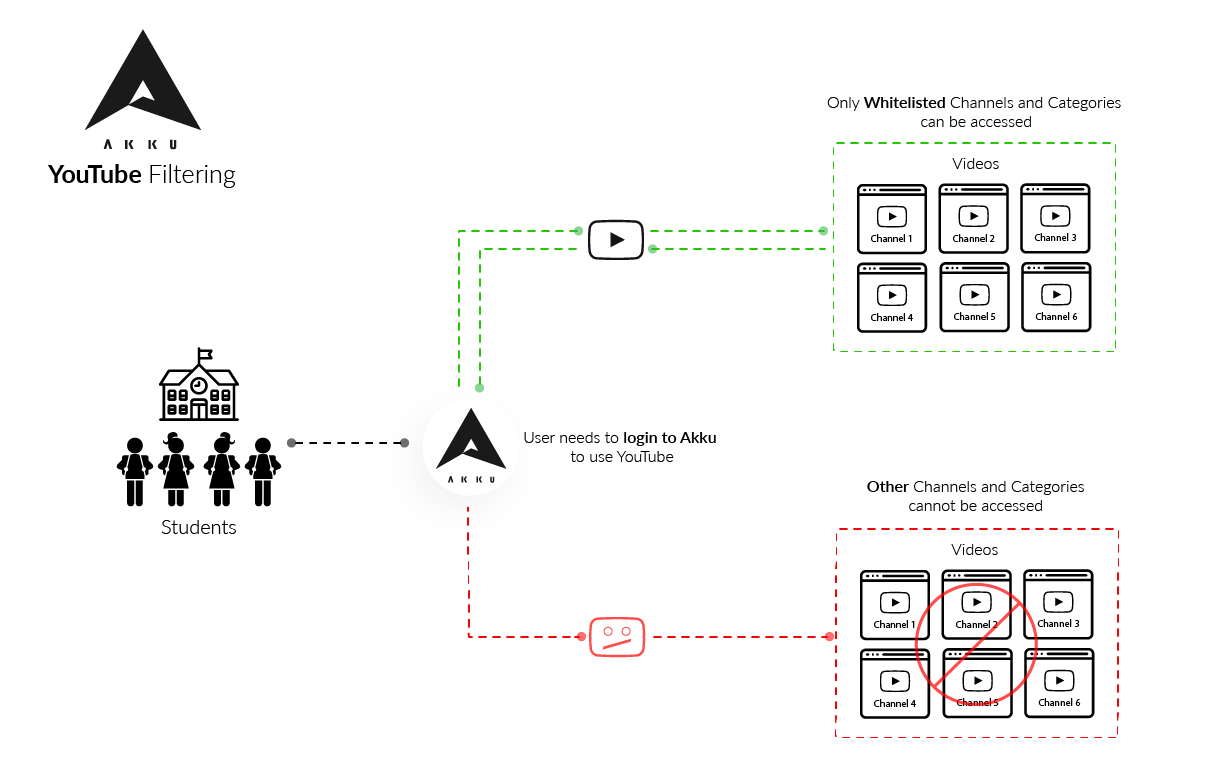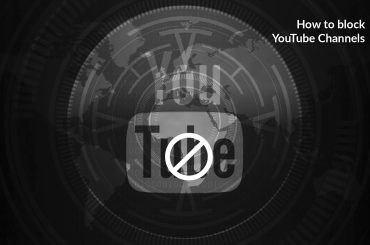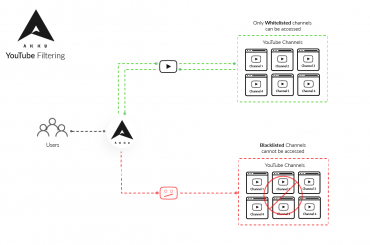Many tools or resources we use come with both pros and cons depending on how we make use of them. YouTube is no different – in the scenario of a school or college, it can be a gamechanger if used effectively, or it can have a negative impact on work and productivity if misused.
As the most popular platform for accessing video content, YouTube is a major e-Learning resource, where it is possible to access content on almost any subject. It provides access to answers to queries and presents content visually, which tends to be faster and more effective for learning than reading.
YouTube has huge volumes of content and e-learning videos from different parts of the world by certified teachers and professors, all of which are accessible at no cost, offering a major benefit to institutes.
However, YouTube access is restricted in almost every educational institution, because of its potential negatives. One major concern of management is students accessing irrelevant content.
For example, if a student is trying to access any video from YouTube there is a high chance of him/her getting distracted by content from unrelated topics, leading to a loss in productivity and concentration.
YouTube itself provides a filtering solution to address this issue – YouTube’s Restricted mode. But even if YouTube is used in Restricted mode, irrelevant videos can be accessed if the user uses an incognito window or uses YouTube without signing in.
Therefore it is vital for both the institute and its students to provide access only to relevant videos from YouTube.
Most institutes block students from accessing unwanted websites through firewall settings. However, students from today’s generation are aware of loopholes by using a proxy server to access any sites they want, which does not serve the purpose of having the firewall in place.
So completely blocking access to YouTube is not the right solution, since this is also often not completely effective, and you will end up restricting access to the biggest learning platform for your students.
Instead, putting in place a YouTube Filtering mechanism, which can act as a firewall and give access only to relevant content from approved channels and categories on YouTube while denying access to irrelevant content is the optimal solution.
Leverage the power of YouTube for your institutions without worrying about the downside with the help of Akku’s YouTube Filtering.
To know how YouTube filtering works: https://www.akku.work/blog/youtube-usage-at-the-office-is-no-longer-a-worry/



